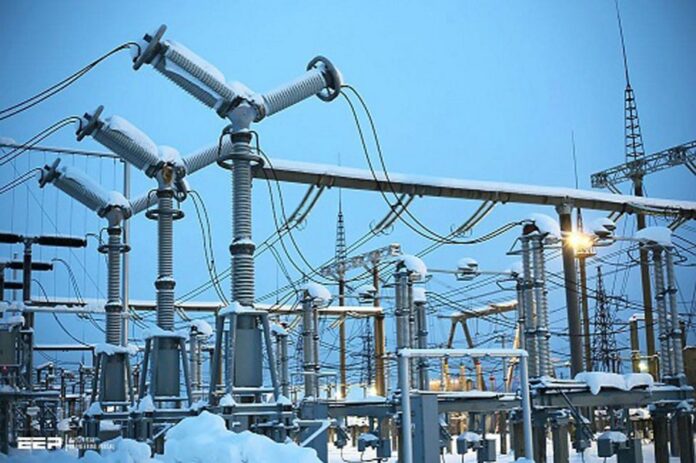In spite of the injection of over N1.51 trillion intervention fund into the nation’s power sector, electricity generation capacity has dropped to dropped 5,634.47MW by August 2022 from 6,616.28MW in 2015.
The government, aside from its annual budgetary allocations to the Federal Ministry of Power, undertook a series of interventions in the power sector in a bid to revamp the industry.
This, however, was despite the fact that the distribution and generation arms of the business were unbundled and officially sold to private investors in November 2013.
This means from the inception of President Mohammadu Buhari’s administration to August 2022, power generation capacity has dropped cumulatively by 981.8 megawatts.
According to statistics quoted by The Punch, the national power grid collapsed 98 times under the regime of President Buhari, throwing the entire country to unending power outages intermittently.
The total power generation capacity loss for the sector between 2015 and August 2022 rose to N1.76tn, as operators and experts decried the sorry state of the industry since it was unbundled in November 2013.
A document on Power Generation Trend (2013 – August 2022) from the Association of Power Generation Companies, the umbrella body of electricity producers showed that the available generation capacity fluctuated between 2015 and 2022, data from the report indicated that the quantum of available generation in Nigeria was not impressive, particularly since last year.
The document also showed that the average utilised generation during the review period hovered between 3,600MW and 4,118MW, which were, of course, lower than the least available generation capacity of 5,634.47MW recorded between January and August this year.
The available generation capacities in 2015, 2016, 2017 and 2018 were 6,616.28MW, 7,039.96MW, 6,871.26MW and 7,506.23MW respectively.
For 2019, 2020, 2021 and 2022 (January – August), the available power generation capacities of electricity producers across the country were 7,381.67MW, 7,792.51MW, 6,336.52MW and 5,634.47MW respectively.
On the annual capacity payment loss in the sector, the report indicated that in 2015, 2016, 2017 and 2018, the industry’s losses were N214.93 billion, N273.32 billion, N236.47 billion and N264.08 billion, respectively.
In 2019, 2020, 2021 and 2022 (January – August), the sector’s annual capacity payment losses were N256.97 billion, N266.10 billion, N159.86 billion and N88.13 billion, respectively.
The above figures, therefore, showed that despite the interventions by the Federal Government in the power sector, estimated at over N1.51 trillion, available generation capacity did not appreciate much, rather it had been decreasing since last year.
The Bureau of Public Enterprises (BPE), which is in charge of Nigeria’s privatization process plans to submit a proposal to the federal government on the need to sell off the nation’s electricity transmission network. According to the bureau Director-General Alex Okoh, the BPE is looking at various strategies to reform…










